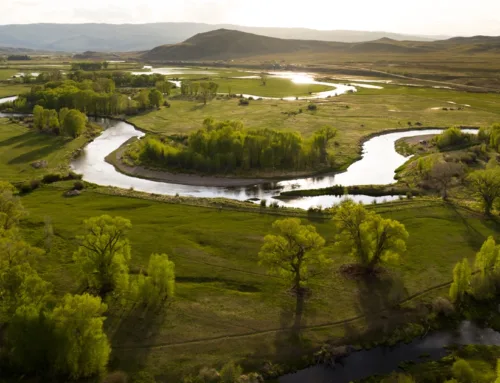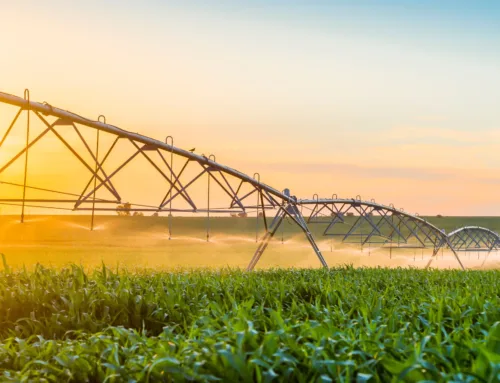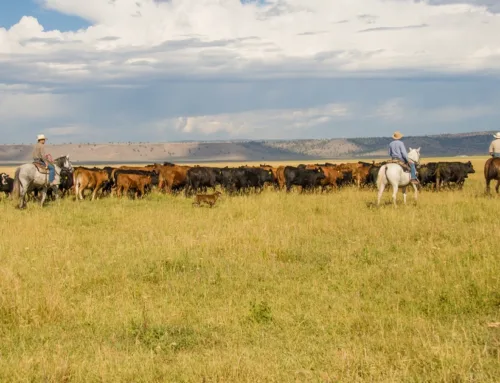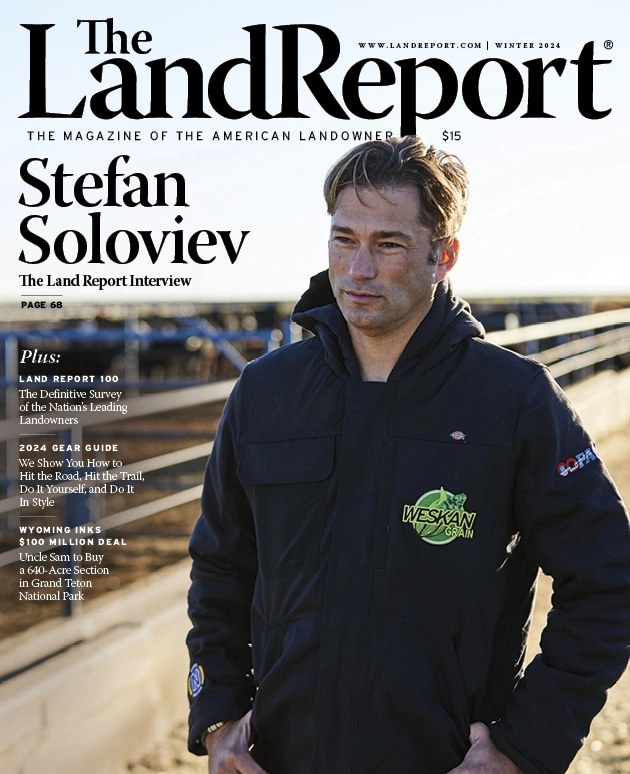How to Turn Carbon into Cash: The Land Report Guide
How to Turn Carbon into Cash: The Land Report Guide
By Bill Briggs

LR_CarbonCredits-01
Across your acres, in every direction, it’s out there. Invisible but plentiful.
In grazing fields and cover crops, in the trees, and in the soil, there is carbon. Tons of it.
In the carbon market, those tons are worth bucks. And across the U.S., there are buyers aplenty for that still-young commodity.
You’re likely familiar with carbon credits. These measurable, verifiable emission reductions from certified climate action projects diminish, prevent, or eliminate greenhouse gas (GHG) emissions. They also empower communities, safeguard ecosystems, restore forests, and decrease dependence on fossil fuels. So, what does this mean for land-based investors?
Experts suggest that more than one-third of cost-effective climate mitigation opportunities are found in forests, food, and land. Nature-based climate solutions (NCS) offer a way to achieve these benefits, allowing investors in land-based assets to generate verified carbon credits. Carbon credit markets offer a means to actualize the carbon value stemming from investments in timberland and farmland, with credits resulting from changes in land management practices. These credits contribute to worldwide initiatives to decarbonize the economy, aiding corporations and institutions in meeting climate targets. In the short term, carbon credits can offset hard-to-abate emissions, and in the long term, they can balance residual emissions, striving for net-zero targets by 2050.
Carbon credits can be generated through changes in timberland and farmland management that reduce greenhouse gas (GHG) emissions or sequester CO2 from the atmosphere. Established crediting standards and mechanisms for monitoring, reporting, and independent verification actively quantify the climate benefits of these changes.
Investors in land-based assets stand to gain from the rise of carbon pricing systems and the increasing demand for carbon credits. As climate initiatives gain momentum in both private and public sectors, the ability of timberland and farmland to produce verified carbon credits is set to be more highly valued.
In fact, the 2022 Land Report Deal of the Year recognizes a landmark $1.8 billion carbon-centric transaction, as Bluesource Sustainable Forests Company (BSFC) maximizes carbon on billions of acres of timberland. The largest private, carbon-centric forest investment to date, BSFC is pioneering a bold, innovative revenue strategy for forestland, with its carbon-centric business model focusing on an environmental-first perspective, which is a completely different model than anyone else in the industry and is setting a new standard.
In 2021, the voluntary carbon market grew by 190% to about USD 1 billion and is expected to continue growing as both carbon credit demand and price increase. Investments in timberland and farmland that reduce or remove GHG emissions and generate high-quality carbon credits can offer tremendous climate mitigation benefits and returns for asset owners. The capacity to generate verified carbon credits from timberland and farmland, in addition to timber and agricultural crops, has the potential to enhance investor returns and provide diversification benefits when credits are monetized.
For landowners contemplating carbon, we’ve compiled essential questions accompanied by expert insight and a comprehensive glossary. This resource aims to simplify the associated jargon and enhance your understanding.






